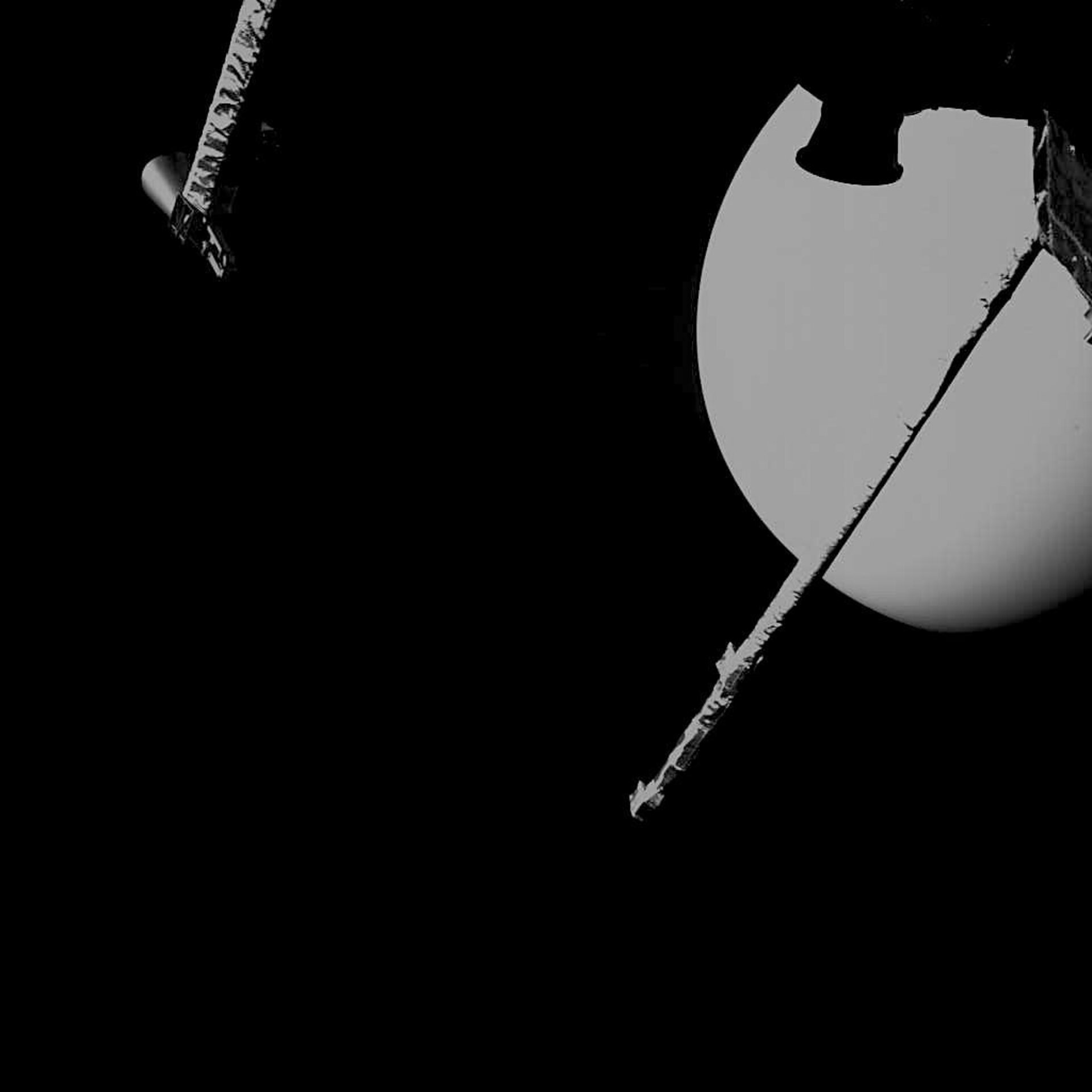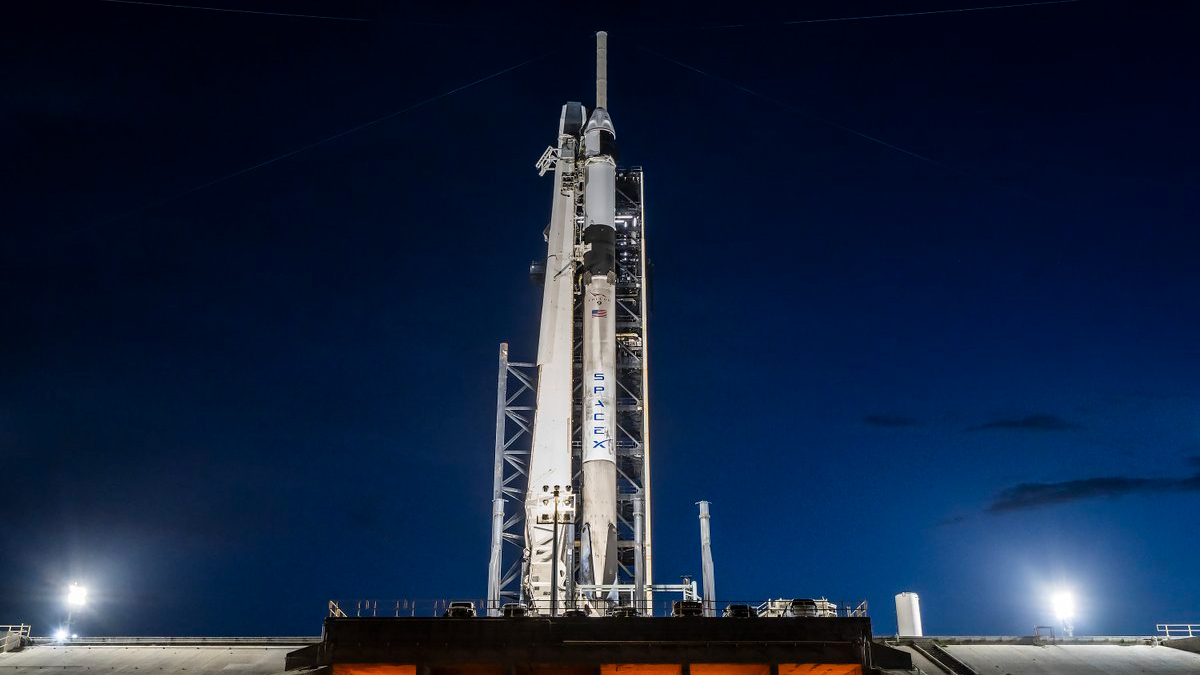BepiColombo spacecraft swings past Venus on long road to Mercury
It's a long, looping journey from Earth through the inner solar system to reach Mercury, but sightseeing can make any long trip more exciting.
For planetary scientists, a swing past to our mysterious neighbor Venus is pretty good scenery. And conveniently, Venus' location makes it a powerful navigational tool for spacecraft visiting Mercury and the sun: A spacecraft can use a carefully choreographed loop past Venus to adjust its trajectory deeper into the inner solar system.
That's precisely the maneuver that BepiColombo, a joint European and Japanese mission to Mercury, just completed overnight in the first of two planned Venus flybys. The spacecraft made its closest approach to Venus at 11:58 p.m. EDT on Oct. 14 (0358 GMT Oct. 15), coming within 6,660 miles (10,720 kilometers) of the planet, according to the European Space Agency (ESA).
Related: This stunning crescent Earth is the last view of home from BepiColombo

And scientists — especially those who study Venus — are rarely one to turn down bonus observations. (NASA's Parker Solar Probe, another inner solar system mission, has also been capturing observations of Venus when it passes by the planet.)
Several of the BepiColombo instruments are too packed away for the long journey to Mercury to gather any data on Venus, but mission planners did select about a dozen instruments that they expected would be able to glance at the planet during the flyby.
BepiColombo had some backup as well. The Japan Aerospace Exploration Agency (JAXA), which runs one of the two orbiters built into the Mercury mission, also has an active spacecraft orbiting Venus, called Akatsuki. Another JAXA spacecraft in Earth orbit, called the Hisaki Spectroscopic Planet Observatory, and a few ground-based facilities also turned their electronic eyes to Venus to provide complementary observations during the flyby.
Breaking space news, the latest updates on rocket launches, skywatching events and more!
Although the spacecraft's primary camera wasn't accessible, two smaller "selfie" cameras on the spacecraft did attempt to photograph Venus during the maneuver, according to an ESA statement before the flyby.
One image, captured by the Mercury Transfer Module's Monitoring Camera 2, shows Venus from a distance of about 10,560 miles (17,000 km) with an antenna and magnetometer boom from the probe itself also visible.
Other active instruments during the flyby gathered data about Venus' thick atmosphere and the planet's interaction with the solar wind, the constant stream of charged particles that flows off the sun and across space.
Because Venus is so different from Mercury, particularly with its thick, carbon-dioxide rich atmosphere compared to Mercury's nonexistent one, those instruments aren't necessarily doing precisely the same work they will when their mission begins in earnest, according to ESA.
Nevertheless they'll get a second chance at studying Venus when BepiColombo makes its second flyby, in August 2021, before continuing on to Mercury. BepiColombo will make a series of six flybys of Mercury before entering orbit around the tiny planet in 2025. There, the mission will split into its two constituent spacecraft to study the surface, interior and surroundings of Mercury to help scientists understand the solar system and its origins.
The $2 billion BepiColombo mission launched to Mercury in October 2018. The mission's two orbiters are expected to spend a year studying the planet.
Email Meghan Bartels at mbartels@space.com or follow her on Twitter @meghanbartels. Follow us on Twitter @Spacedotcom and on Facebook.
Join our Space Forums to keep talking space on the latest missions, night sky and more! And if you have a news tip, correction or comment, let us know at: community@space.com.

Meghan is a senior writer at Space.com and has more than five years' experience as a science journalist based in New York City. She joined Space.com in July 2018, with previous writing published in outlets including Newsweek and Audubon. Meghan earned an MA in science journalism from New York University and a BA in classics from Georgetown University, and in her free time she enjoys reading and visiting museums. Follow her on Twitter at @meghanbartels.
